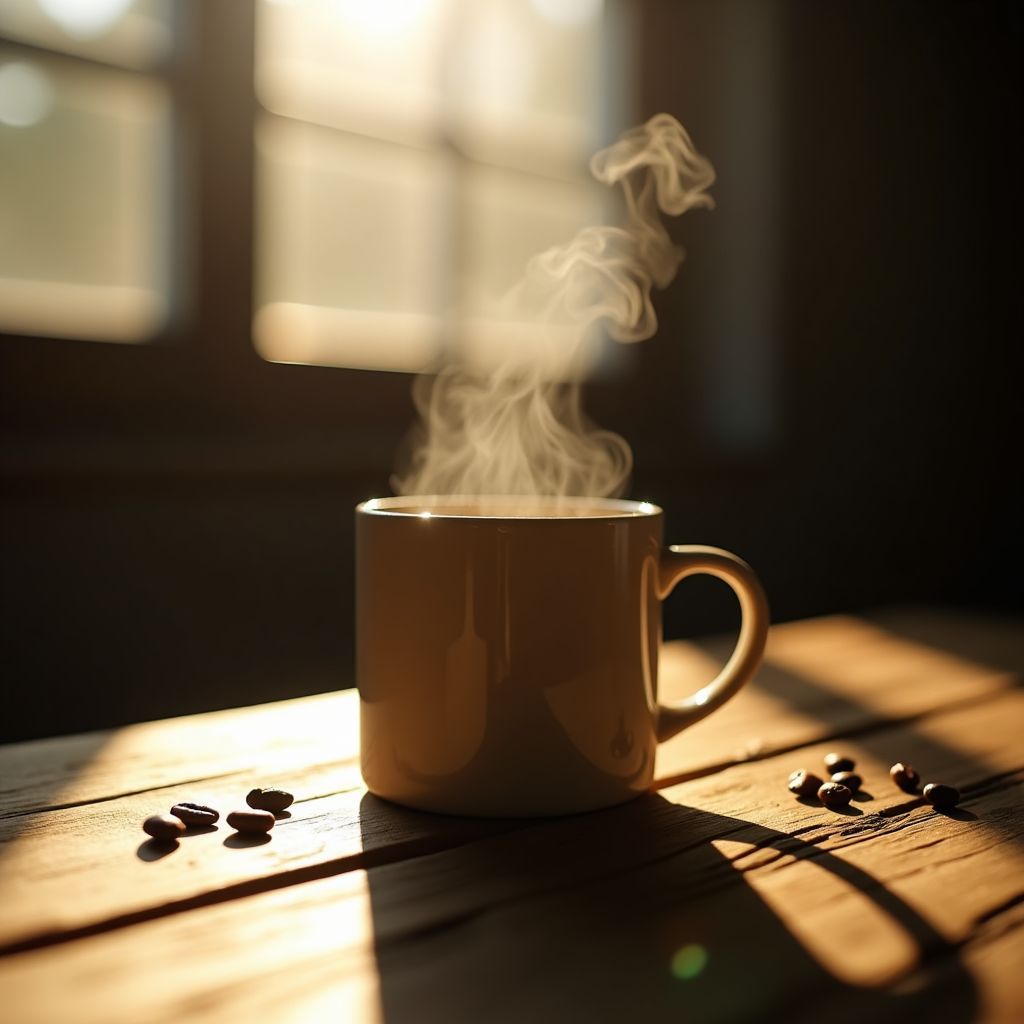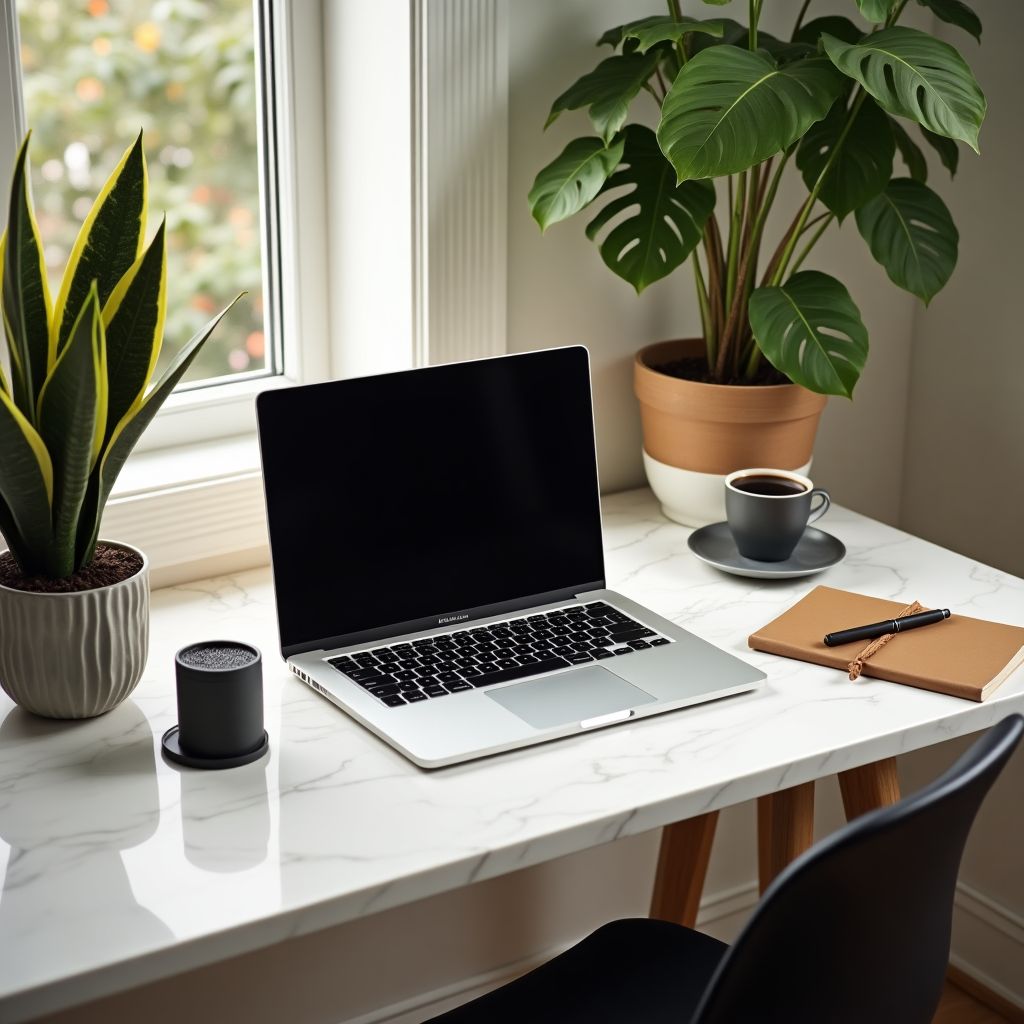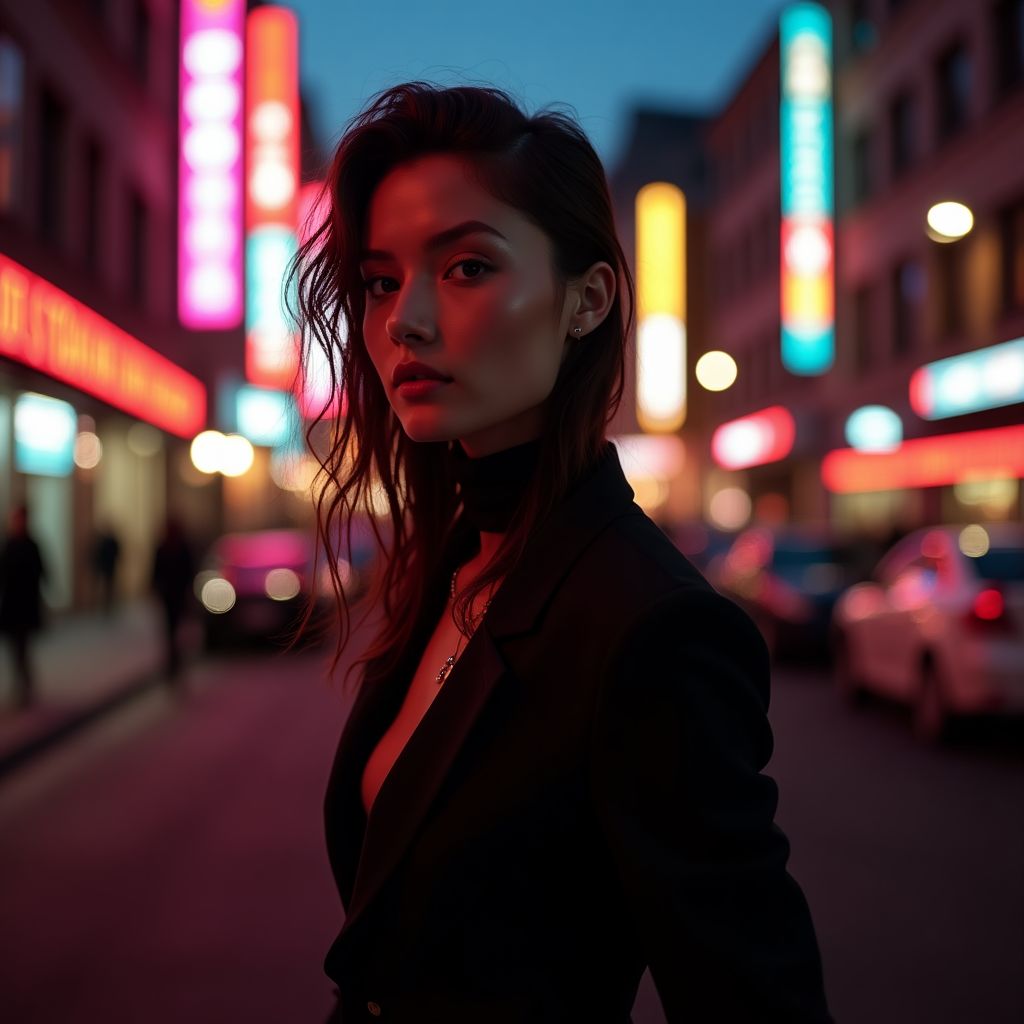Tips for Writing Effective Prompts
- Be Specific: Clearly define the subject, setting, and mood of your desired image.
- Include Details: Use adjectives and technical terms to describe lighting, composition, and style.
- State the Format: Mention the type of photography or illustration (e.g., lifestyle, editorial, product).
- Use Professional Terminology: Reference camera models, lenses, or artistic techniques to achieve specific results.
Good Prompt Structure
Here’s a breakdown of the sections to include in a prompt:- [Type of Shot]: Define the type of photography or image (e.g., portrait, lifestyle, product, editorial, cinematic, abstract).
- [Style/Genre]: Describe the visual style or genre (e.g., minimalist, professional, artistic, high fashion, vintage).
- [Lighting]: Specify the type and mood of lighting (e.g., natural, studio, dramatic, soft, neon, cinematic).
- [Scene/Setting]: Include the location, objects, or environment details (e.g., urban street, rustic table, lush garden).
- [Camera/Artistic Techniques]: (Optional) Add references to camera equipment or techniques for a professional touch (e.g., Canon EOS R5, 85mm f/1.2 lens, shallow depth of field).
Formatted Example
Example PromptType of Shot: Lifestyle product photography
Style/Genre: Minimalist, cozy aesthetic
Lighting: Morning sunlight streaming through a window, soft and warm
Scene/Setting: A coffee mug on a rustic wooden table, scattered coffee beans, steam rising
Camera/Artistic Techniques: Shallow depth of field, moody lighting, cinematic color grading, magazine quality Complete Prompt:
Prompt Template
Example Prompts
Here are some examples of effective prompts for different styles of images:Professional Corporate Headshot

Lifestyle Product Photography

Instagram-Style Workspace

High Fashion Editorial

Additional Resources
- Flynn’s AI Models: Learn more about the models available for image generation.
- Train Custom AI Models: Create your own models tailored to specific styles or requirements.

